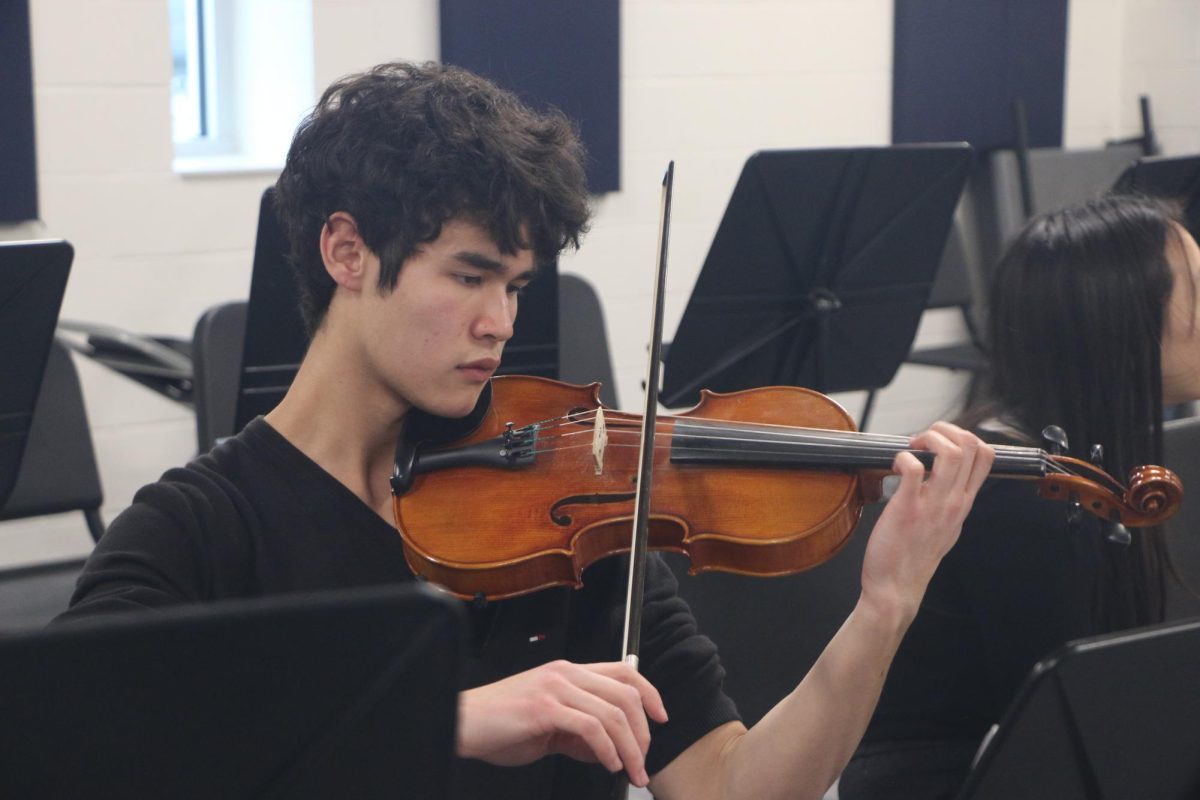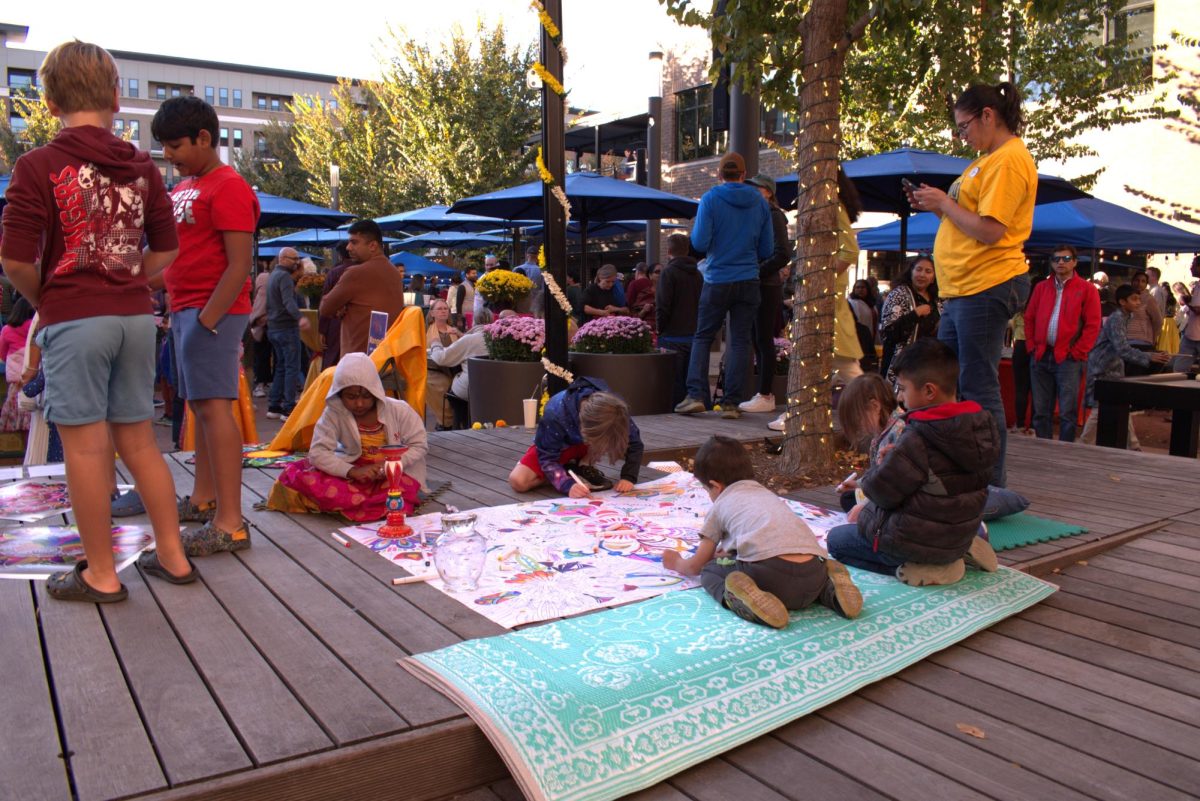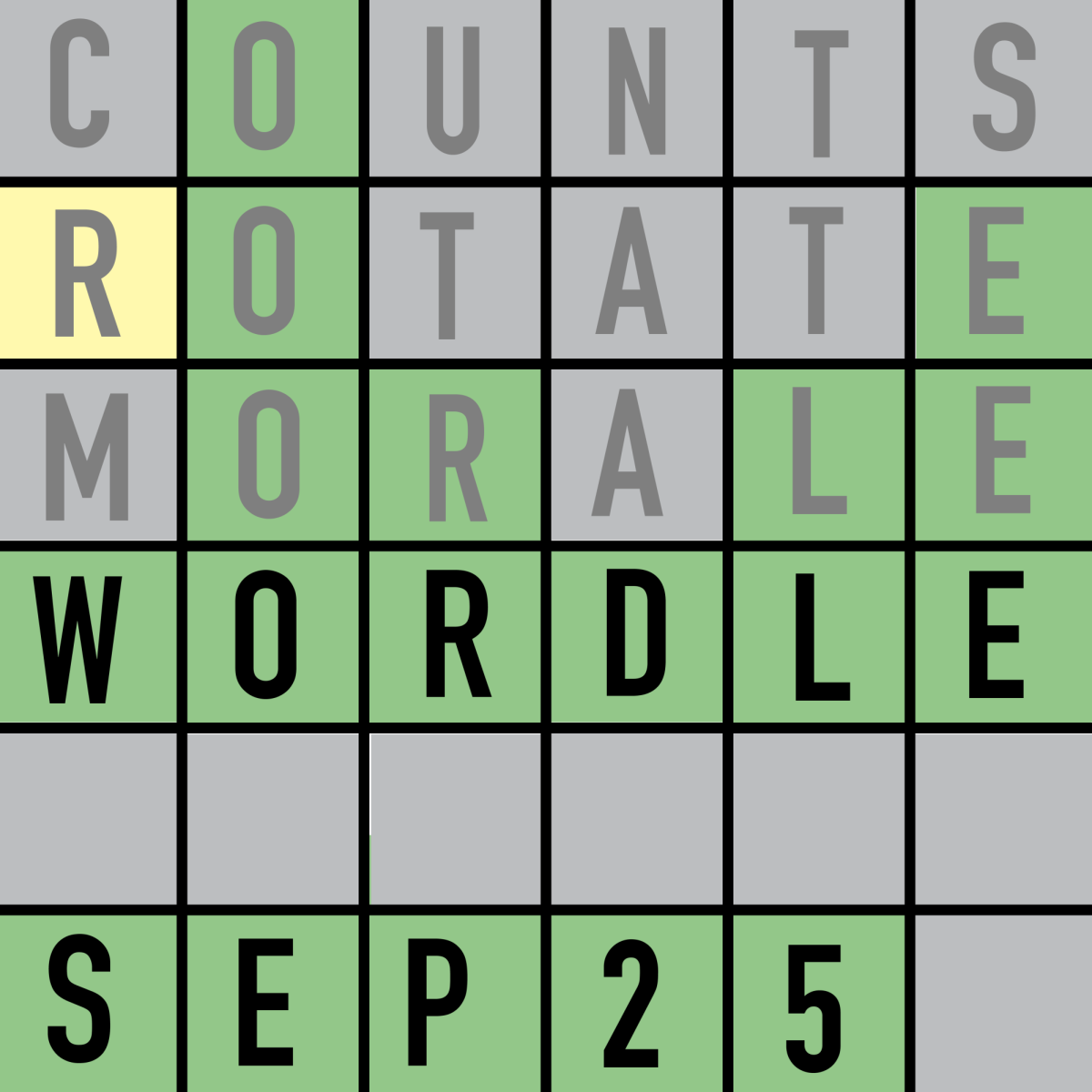Students entering the summer of 2020 had limited offerings on ways to pass the time. The gradual chipping away of lockdown orders for Governor Eric Holcomb’s five-step plan certainly gave students flexibility throughout June, but the effects of COVID-19 had not yet passed. Many had to get creative to find what they were to do which is exactly what junior Avery Slifer did.
Slifer said that quarantine gave her more time to work on her art of illustration, sculpture, fabric and resin as well as get over her bad art habits such as never finishing projects. She said for her, this extra work has helped get through the past summer where lockdown, police brutality and civil unrest had occupied headlines.
“(Art has) kind of given me an outlet; I’ve definitely done some darker stuff. It also kind of gives me a little bit of light at the end of the tunnel,” she said.
Junior Riley Dugan said she agreed.
“I don’t know what I’d do without art. It’s a perfect way to escape and a great hobby to dedicate time to,” she said via text.
Jennifer Bubp, art teacher and department chairperson, said she understood such developments.
“Art provides healing and tranquility to people who need a quiet space to process their feelings,” she said via text. “It is a tangible way to think through the troubles of this life. It provides a voice when words aren’t adequate.”
From Victor Hugo’s critiques of industrial life to Paul Revere’s engraving of the Boston Massacre, artists have always processed their feelings on current events through their work. Many students may have seen the mural dedicated to George Floyd, portraying him in front of a sunflower displaying the names of other victims to police brutality. This work by artists Cadex Herrera, Greta McLain and Xena Goldman has appeared on news clips and all over social media but is only one example of artworks inspired by societal issues brought to light by contemporary events.
Slifer said since June she had seen her work take on darker themes than normal. For her, she said making such art served as a vehicle for venting her frustration at the events that transpired in 2020.

“One of my recent pieces was a really badly done acrylic painting and it said ‘God is Dead’ just because with everything going on, that’s kind of what I was feeling,” she said.
Dugan, however, said she had not seen such a change in the subjects of her pieces.
“Recent events definitely had (an) effect on my life and I do care about them but surprisingly, it has not influenced my art,” she said. “I may have to try more meaningful projects sometime but right now, it’s just silly doodles of musicians and various cool monster people because that’s what cheers me up after a long day.”
The difference may lie in their various uses of art. While Slifer said she used art as an “outlet,” art for Dugan was a “nice hobby to pass the time.” However, both said art provides a structure when school isn’t in session.
Such structure, however, can’t be achieved without deadlines and other forms of accountability. According to an article by The Guardian, deadlines not only assure that work gets done but they often improve performance. Something that Slifer took advantage of with deadlines of her own.
She takes advantage of other motivations as well such as the idea of the finished product among others. “My dad is an artist as well, he works in a different field, but he gives me a lot of good critique. I don’t have a specific motivation. I just want to get this done to prove to myself that I can do stuff like this,” she said.
Slifer said she has wanted to make progress through her art to prove that she can make progress on projects without being told to. This, she said, is also accomplished through frequently jumping between projects. “Do multiple projects so you don’t get pigeonholed into one,” she said.
Additionally, according to Bubp, art ultimately implements a sharpening of different awarenesses.
Bubp said, “Focus and concentration (brought from being artistic) provide clarity for all aspects of life.”




























![Keep the New Gloves: Fighter Safety Is Non-Negotiable [opinion]](https://hilite.org/wp-content/uploads/2024/12/ufcglovescolumncover-1200x471.png)






!["Wicked" poster controversy sparks a debate about the importance of accuracy versus artistic freedom [opinion]](https://hilite.org/wp-content/uploads/2024/11/riva-perspective-cover-1200x471.jpg)









































![Review: “We Live in Time” leaves you wanting more [MUSE]](https://hilite.org/wp-content/uploads/2024/12/IMG_6358.jpg)
![Review: The premise of "Culinary Class Wars" is refreshingly unique and deserving of more attention [MUSE]](https://hilite.org/wp-content/uploads/2024/12/MUSE-class-wars-cover-2.png)
![Introducing: "The Muses Who Stole Christmas," a collection of reviews for you to follow through winter [MUSE]](https://hilite.org/wp-content/uploads/2024/12/winter-muse-4.gif)
![Review: "Meet Me Next Christmas" is a cheesy and predictable watch, but it was worth every minute [MUSE]](https://hilite.org/wp-content/uploads/2024/11/AAAAQVfRG2gwEuLhXTGm3856HuX2MTNs31Ok7fGgIVCoZbyeugVs1F4DZs-DgP0XadTDrnXHlbQo4DerjRXand9H1JKPM06cENmLl2RsINud2DMqIHzpXFS2n4zOkL3dr5m5i0nIVb3Cu3ataT_W2zGeDAJNd_E-1200x884.jpg)
![Review: "Gilmore Girls", the perfect fall show [MUSE]](https://hilite.org/wp-content/uploads/2024/11/gilmore-girls.png)
![Review in Print: Maripaz Villar brings a delightfully unique style to the world of WEBTOON [MUSE]](https://hilite.org/wp-content/uploads/2023/12/maripazcover-1200x960.jpg)
![Review: “The Sword of Kaigen” is a masterpiece [MUSE]](https://hilite.org/wp-content/uploads/2023/11/Screenshot-2023-11-26-201051.png)
![Review: Gateron Oil Kings, great linear switches, okay price [MUSE]](https://hilite.org/wp-content/uploads/2023/11/Screenshot-2023-11-26-200553.png)
![Review: “A Haunting in Venice” is a significant improvement from other Agatha Christie adaptations [MUSE]](https://hilite.org/wp-content/uploads/2023/11/e7ee2938a6d422669771bce6d8088521.jpg)
![Review: A Thanksgiving story from elementary school, still just as interesting [MUSE]](https://hilite.org/wp-content/uploads/2023/11/Screenshot-2023-11-26-195514-987x1200.png)
![Review: "When I Fly Towards You", cute, uplifting youth drama [MUSE]](https://hilite.org/wp-content/uploads/2023/09/When-I-Fly-Towards-You-Chinese-drama.png)
![Postcards from Muse: Hawaii Travel Diary [MUSE]](https://hilite.org/wp-content/uploads/2023/09/My-project-1-1200x1200.jpg)
![Review: "Ladybug & Cat Noir: The Movie," departure from original show [MUSE]](https://hilite.org/wp-content/uploads/2023/09/Ladybug__Cat_Noir_-_The_Movie_poster.jpg)
![Review in Print: "Hidden Love" is the cute, uplifting drama everyone needs [MUSE]](https://hilite.org/wp-content/uploads/2023/09/hiddenlovecover-e1693597208225-1030x1200.png)
![Review in Print: "Heartstopper" is the heartwarming queer romance we all need [MUSE]](https://hilite.org/wp-content/uploads/2023/08/museheartstoppercover-1200x654.png)




